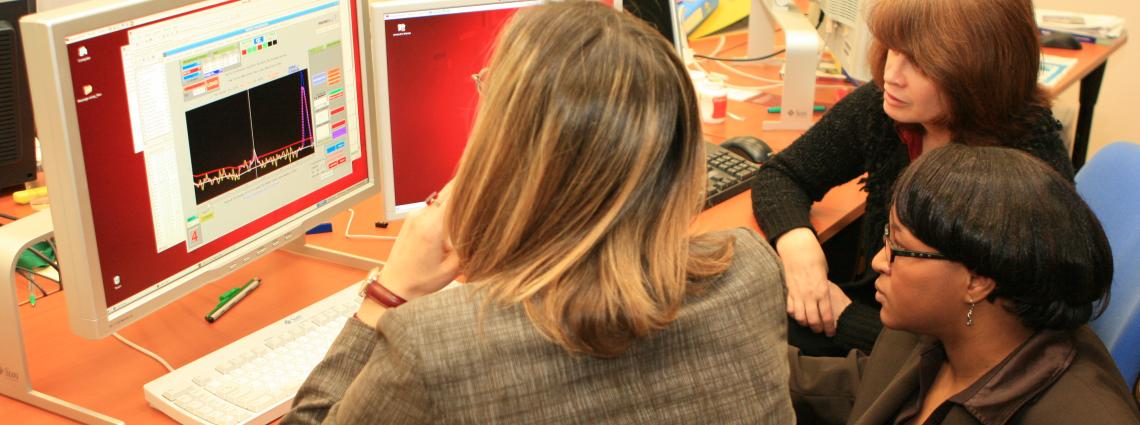Maintaining its pool of analysts: CTBTO completes 11th IDC Analyst Course.
The CTBTO International Monitoring System (IMS) takes the pulse of the planet from an array of monitors on land and under the sea to ensure compliance with the Comprehensive Nuclear-Test-Ban Treaty (CTBT), which bans all nuclear explosions.
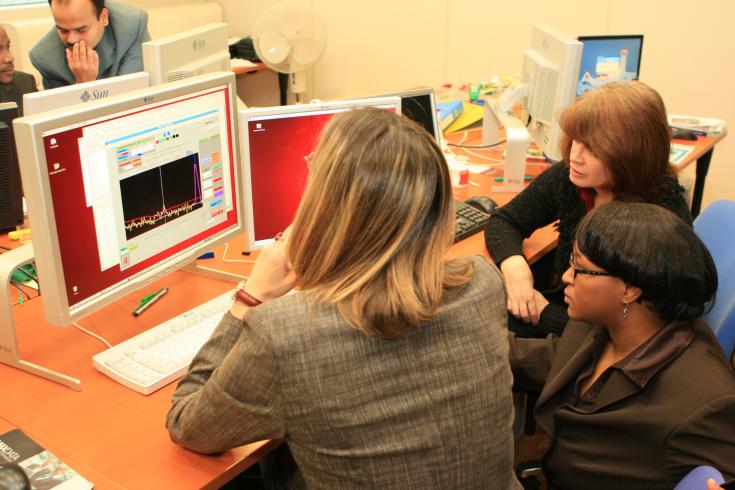
Trainees analyzing data. From left to right Elisabetta Nava, Linda Akromah, Sandra Moreno.
She was in fact able to confirm, based on the Reviewed Event Bulletin (REB), the result of analysis of raw IMS data, that there had been an event in South Africa on 21 November.
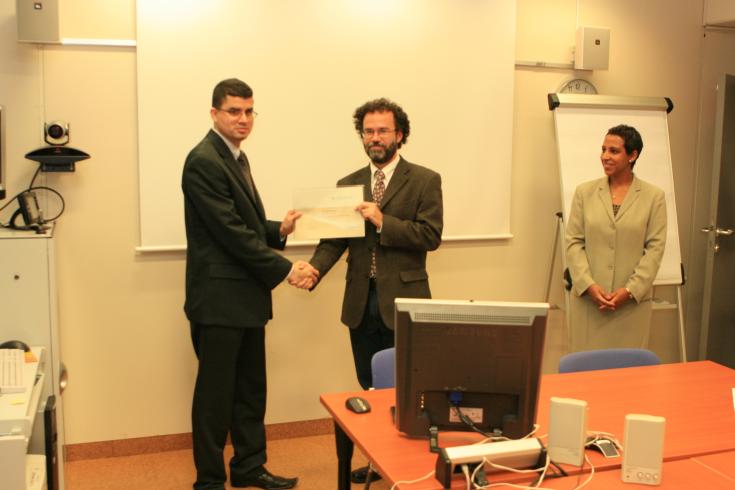
John Coyne, centre, Coordinator of the International Data Centre, congratulating Rafael Pujols on completion of the course; Misrak Fisseha to right.
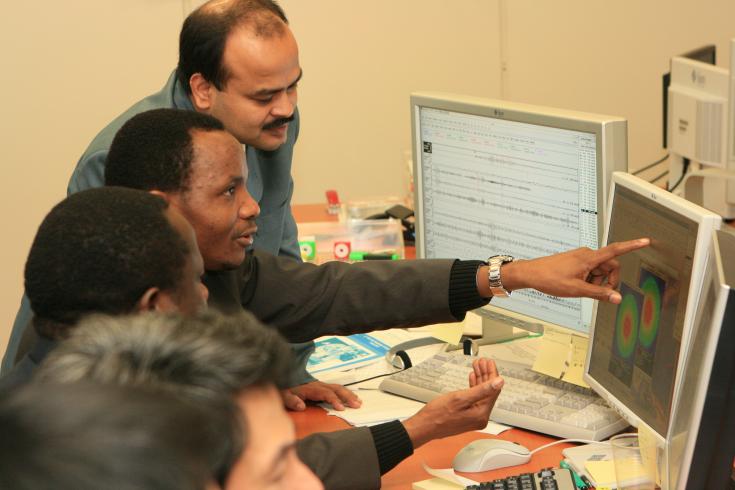
Course participants studying data. Top to bottom: Hari Shankar Mallik, Paulino Feitio, Nolasco Mlwilo, Nguyen Trong Hie (back to camera).
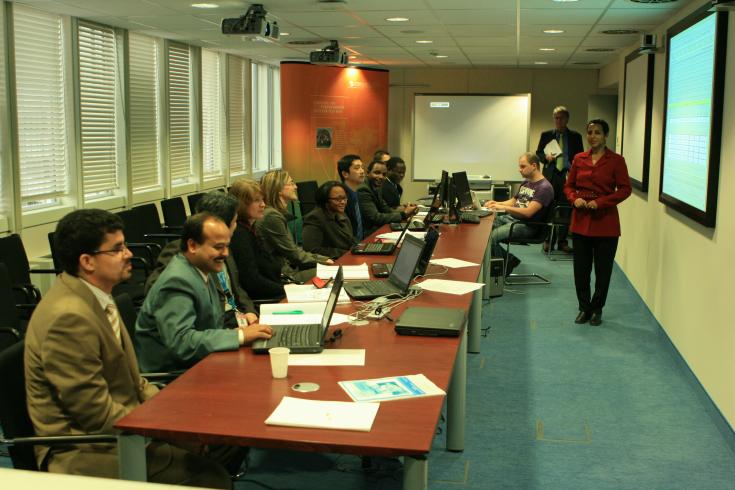
Misrak Fisseha, right, addressing analysts.
16 Dec 2009
